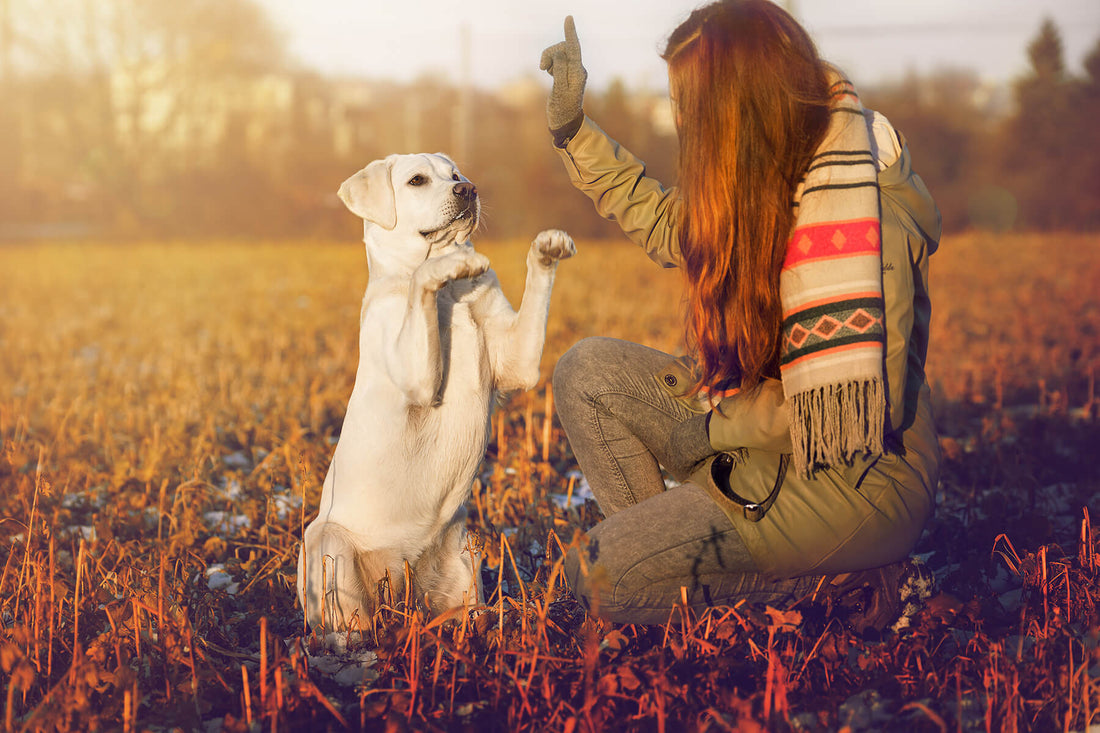
How to Train a Puppy Using Positive Reinforcement
Share
If you're thinking about inviting a new pup into your life, you're probably wondering how you should train your dog so he's well behaved and will listen to your commands. There are a few schools of thought when it comes to training, but one of the most popular methods is through positive reinforcement. Positive reinforcement is all about encouragement and praise, so the training process is a pleasant one. Most dogs respond extremely well to this method of training and learn quickly. Below, you'll find a guide to help you train your new pup using positive reinforcement.
Communication is Key
Just like any other relationship in your life, clear communication is vital for a strong connection and happy union. Positive reinforcement is essentially a form of communication. You let your pup know the actions and behaviors you like by rewarding him. Dogs are eager to please and will begin repeating the behavior they are praised for, the actions that make you happy.
Most dogs are also extremely food motivated, so once they realize they get a treat for a particular action, they'll start to do it more often. Some people might think that punishment is also a form of effective communication, but more often than not it only serves to confuse and frighten the pup. For example, if you catch your dog going potty inside the house and discipline him, you might think you're teaching him that he's not allowed to go potty indoors, but your dog might think you're telling him it's not okay to do his business when you're around. The message isn't clear, and that will only lead to more mistakes and a longer training period.
Playtime
Sometimes your dog's negative behavior isn't an attitude problem, it's a result of boredom. Dogs, especially when they're younger, have a lot of energy. If that energy isn't spent on walks, playtime, or other exciting and healthy behavior, he might run around the house, knocking things over or chewing items that aren't his. To avoid bad behavior due to boredom, redirect it into activities such as going for a walk, fetch, or tug of war.
Everyday Activities
Positive reinforcement can be used to teach your dog more than just basic commands such as sit or stay. During your pup's life, he will have to endure things he's not naturally comfortable with, such as getting his nails trimmed or going to the vet. During these times of stress, if you give your dog a treat and say "good boy," he'll learn to associate these activities with positivity and encouragement. Over time, he'll become more comfortable and his negative behavior during these circumstances will drastically improve.
Verbal Praise
Your dog wants to make you happy. It's in his nature, but he must first learn what makes you happy. Giving your pup a treat when he behaves the way you want him to is a good way to encourage that behavior, but saying "good dog" when you hand him the treat will teach him even faster. Your dog will hear the happiness and excitement in your voice and seek to replicate those emotions again and again.
Don't Confuse Your Pup
It's extremely important that you dog understand what you're telling him, so always use the same command for the same action, and keep it simple. You should also avoid repeating the command over and over again. If you tell your dog to sit, wait a minute and see if he sits. Don't repeat the command over and over. If he doesn't sit after a minute, then tell him again.
Ignore it
Even the best dogs get into trouble from time to time. Mistakes will happen. Shoes will be chewed, toys will be destroyed, and potty accidents will happen inside the house. When these mistakes occur, it's important to handle them properly. Don't punish your dog by spanking him or yelling at him. Simply ignore the bad behavior and redirect your dog to a behavior you encourage and want to see more of. Dogs crave your attention. By denying them attention for something they did wrong, you'll take some of the joy out of it, which will decrease their desire to do it again.
Remember it Takes Time
Your dog isn't perfect. Even the smartest dogs require time and effort during the training process. Give your dog time to learn and adjust to your desires and commands.
Treats and Toys
Most dogs are very food motivated and will respond well to rewards in the form of treats and praise. However, some dogs simply aren't as interested in yummy morsels. If that's the case with your dog, try rewarding him with praise and his favorite toy. Use time together and a fun activity, such as fetch or tug of war as encouragement.
Change Things Up
Unless your dog is obsessed with a type of treat and will never grow bored of its flavor, try changing up your positive reinforcement snacks from time to time. Remember, your treats should be very small; no bigger than a pea. It doesn't take much to encourage good behavior, and small treats will prevent your dog from becoming too full to eat his dinner on schedule.
Don't Over-Do it
When you're teaching your dog commands, you should do so in 3-5 minute sessions. You can engage in a few sessions a day, but keeping them short is the key to success. You don't want your dog to become bored or frustrated. Training should be fun, encouraging, and rewarding. Plus, if you try to teach your dog too much at once, it'll simply confuse him and lengthen the time it takes for him to learn and obey a command.
Your new pup wants to make you happy and fit into your life, he just needs to be shown how. Don't invite him into your home with harsh words or punishment. He doesn't know what you want from him until you teach him, so do it kindly and give him time. With a great reward system in place, and plenty of praise from you, he'll learn fast and the two of you can have a healthy and happy dog-owner relationship.
Related Posts
-
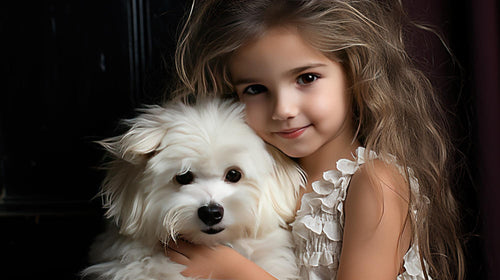
Building Bonds: Teaching Children How To Interact Safely With Dogs
In this guide, we explore the journey of teaching our children good dog ownership and interaction. Emphasizing safety and respect, we highlight the importance of understanding dog body language and debunk common myths to prevent unsafe scenarios. By instilling principles of consent and kindness, we aim to foster compassionate relationships with animals.
From petting techniques to engaging with service animals, the lessons here equip parents to supervise and guide their children's encounters with dogs. We prioritize creating an environment where every interaction, or 'paw-shake,' is positive. Whether considering boarding or a stay at a pet resort, the safety and welfare of both child and dog remain paramount.
-

9 Life Lessons from My Four-Legged Friend
Forget classrooms, wag more tails! Our furry friends are our wisest teachers.
Ever heard that the best teachers have four legs and wagging tails? I couldn't agree more! Our canine companions have a special way of imparting wisdom that surpasses even the most learned humans. From their unwavering love to the joy of the present moment, dogs are like seasoned professors in the school of life.
-
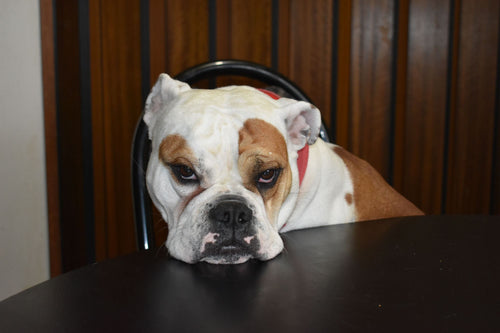
How To Speak Dog: Decoding Your Dog's Body Language For a Stronger Bond
This guide will help you understand your dog's body language and build a stronger bond with them. Dogs use nonverbal cues to express their emotions, desires, and needs. By learning to interpret these cues, you can become a fluent speaker of 'dog' and improve your relationship with your pet.
-
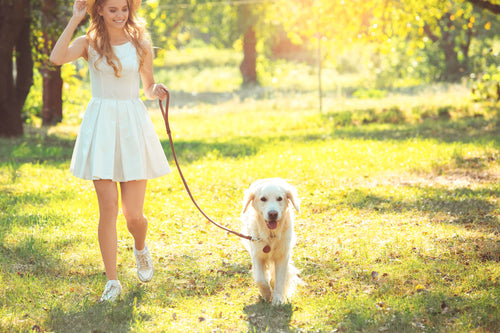
How to leash train a puppy.
-
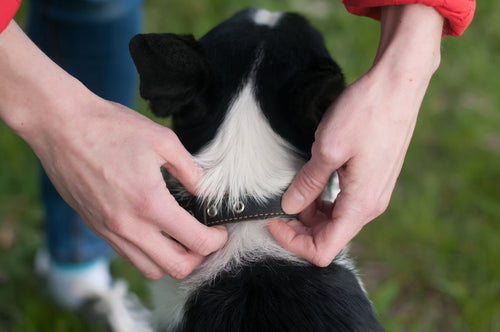
What size collar is right for your doggie? Collar Size Chart for Dogs
Beyond buckle clicks: The ins and outs of comfy dog collars. Slipping on a collar might seem simple, but there's more to it than meets the eye. Learn how to ensure a snug yet comfy fit for your pup!









